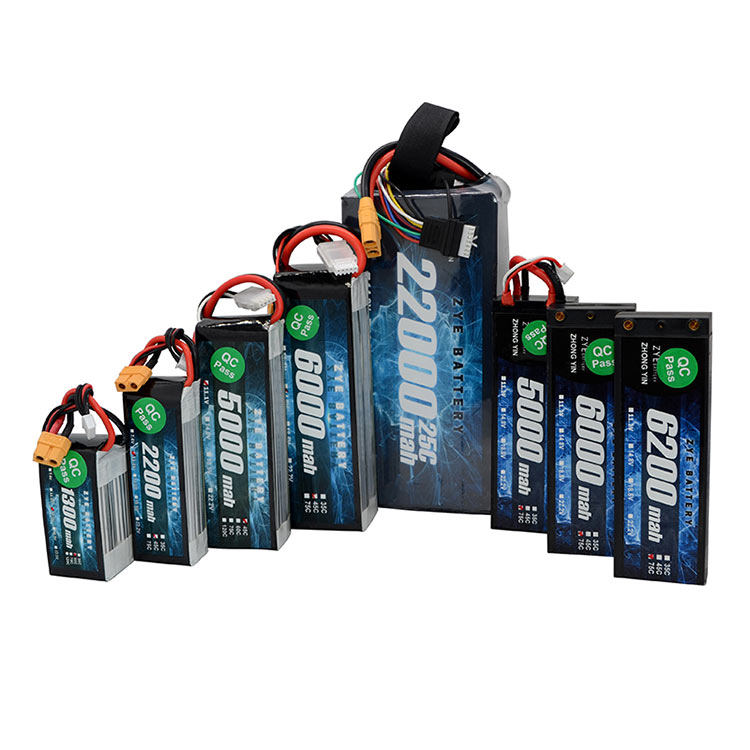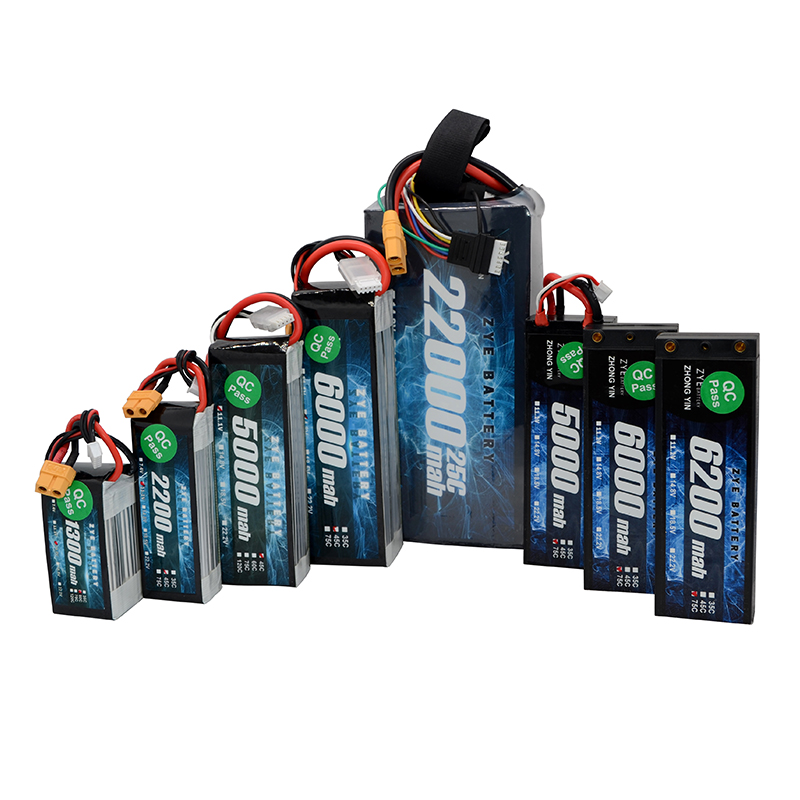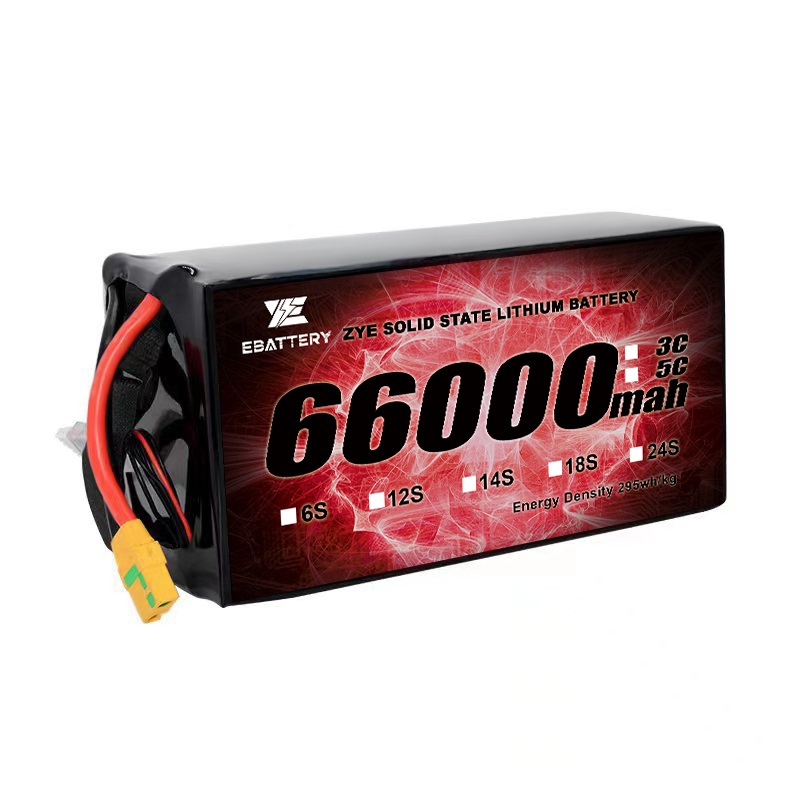What are future trends in the agricultural drone battery?
2025-09-17
As agricultural drones become indispensable tools for modern farming operations, their battery systems have emerged as both the critical enabler and the primary pain point.
In this article, we'll explore the exciting future trends transforming agricultural drone batteries and provide practical guidance on detecting battery failures before they disrupt your operations.

The Next Generation: Future Trends in Agricultural Drone Batteries
The agricultural drone battery landscape is evolving rapidly, driven by the need for longer flight times, faster charging, enhanced safety, and lower costs. Here are the key trends shaping the future:
1. Solid-State Batteries
Solid-state batteries are poised to revolutionize agricultural drones. These batteries offering up to 50% higher energy density than traditional lithium-ion cells. This breakthrough could potentially double drone range while maintaining payload capacity – a game-changer for large-scale farm operations.
2.Graphene Batteries
Graphene, a single layer of carbon atoms arranged in a hexagonal lattice, has been hailed as a wonder material in various industries. In the realm of agricultural drone battery technology, graphene holds immense potential to transform power systems.
Graphene batteries offer several advantages over traditional lithium-ion batteries:
1. Higher energy density, allowing for longer flight times
2. Faster charging capabilities
3. Improved durability and longer lifespan
4. Better performance in extreme temperatures
3.Smart Battery Management Systems (BMS)
The latest agricultural drone batteries are becoming increasingly intelligent, thanks to advanced Battery Management Systems. For agricultural operations, BMS means enhanced safety, longer battery life, and better performance management.
4.Rapid Charging Technologies
Another exciting trend in agricultural drone battery technology is the development of fast-charging systems. Current lithium-ion batteries used in drones typically require significant downtime for recharging, which can limit productivity in large-scale farming operations.
Several approaches are being explored to achieve fast charging:
1. Advanced lithium-ion batteries that can handle higher charging currents
2. Novel electrode materials that allow for rapid ion transfer
3. Improved thermal management systems to prevent overheating during fast charging
4. Development of high-power charging stations specifically designed for drones
Detecting Failing Batteries Before Disaster Strikes
Performance Degradation
Sudden power drops during flight, especially during demanding maneuvers or when carrying heavy payloads, are another red flag. If your drone struggles to maintain altitude or complete previously manageable tasks, it's time to inspect the batteries.
Visual Inspection Clues
Regular visual inspections can reveal early warning signs:
Swelling or bulging casings, which indicate internal damage or gas buildup
Corrosion on connectors, which can cause power delivery issues
Physical damage from impacts or improper storage
Leaks or unusual residue, which signal serious internal problems
Establish Regular Testing Protocols
Implement a regular testing schedule that includes:
Capacity testing to measure actual available energy versus rated capacity
Internal resistance testing, as increasing resistance indicates aging
Cycle count tracking, as most drone batteries begin to degrade significantly after 500-800 cycles
Full discharge and recharge cycles to calibrate battery management systems
Conclusion:
The future of agricultural drone batteries promises longer flight times, faster charging, enhanced safety, and lower costs.
From solid-state and sodium-ion technologies to advanced smart management systems, these innovations will transform how farmers utilize drones for crop monitoring, spraying, and data collection.
As agricultural technology continues to evolve, the battery will remain the heartbeat of drone operations. By staying informed about emerging trends and implementing effective maintenance practices, farmers can harness the full potential of drone technology to drive agricultural productivity forward.
























































